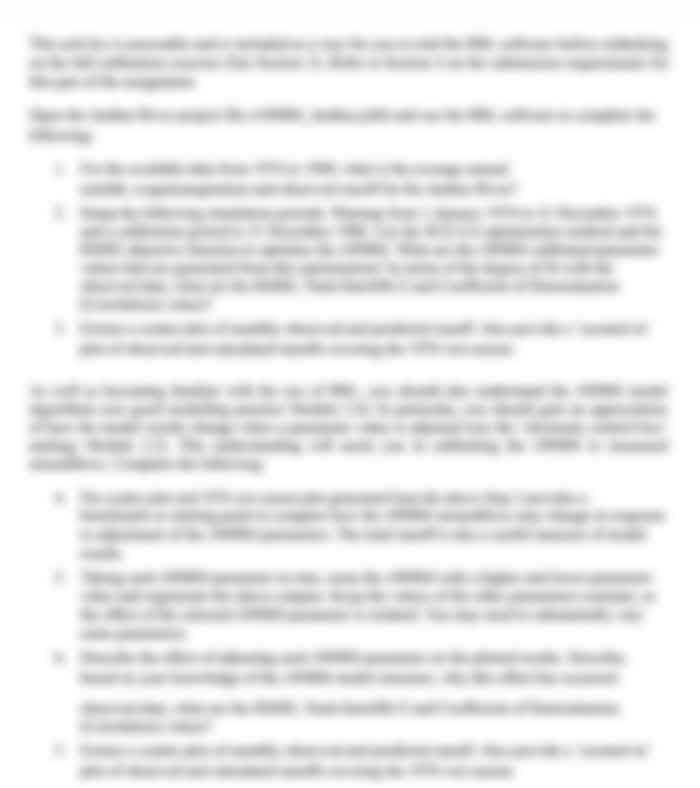MKT10009 Marketing and the Consumer Experience :Analytical Report
- Subject Code :
MKT10009
Parta.IndividualBrandReport.
In Assignment 2 you will work alone to analyse one brand within the product categorychosen by yourGroup. Companies are always trying to stay up to date with what is going on in the market, and the strategies oftheir competitors. Assignment 2 is where you conduct this marketing intelligence exercise. Then, inAssignment 3, you will work with your fellow Group members to compare and contrast the brands that youandyourfellowGroupmembersanalysedinAssignment2.
Choosing your Brand and Product category
As soon as the group is formed you will go to Canvas > MKT10009 > Assignments > Assignment 2 and:
- Choose one of the IBISWorld industry reports.
- EACH GROUP MEMBER then chooses ONE of the RETAIL brands from the table (NOT the Corporate owner/brand).Do NOT CHOOSE the SAME BRAND as another Group member.
- Coordinate with your groupmates to choose brands that target as many different consumers as possible.For example, if one person chooses a brand that is targeting young consumers, thenanothercouldstudy abrand targeting more mature consumers.
You will coordinatewithyourGroup,buteachmember willworkontheirrespectivebrandindividually.
Further industryinformation is available from the Library> Search > Subject Guides > Login to Canvas > Business & Law >Marketing & Advertising > Other Sources Euromonitor Passport, Factiva, and Marketline in addition to IBISWorld.
Reportcontent
Thebrand reportmustcontain:
- A summary of the brand with relevant background information of its presence in Australia.This mayinclude (but not limited to) things such as the brands history in Australia, market size, recentperformance trends, and other relevant marketing information. The analysis should also include adisplay of all relevant offerings (sub-brands, product lines, variants, brand positioning) that the brand(or its parent company) has in the product category that you have chosen. You should also present anoverviewanalysis ofthe*MarketingMix (the4Ps), plus for P for Productyou need to analyse the Three Levels Core/Essence, Actual and Augmented.See Week 6 and Week 1- Franz Schrepf explains the 4Ps and the 4Cs.
- AnapplicationoftheThreeLevelsTheory(Core/Essence,ActualandAugmented)of yourproductSee Week 6.
- An analysis of at least one macro and two micro environmentalfactors using the SIP-CCC & DENT-PC framework. (See Week 3)Choose factors that currently have the largest impact for your brand in Australia. For each factor, you willneedto:
- Describethem andoutlinetheroletheyplay inrelationto yourbrand
- Identifytrendsinthisfactorthat either representa riskoropportunityforyour brand.
Micro environment > SIP-CCC- Identify One Supplier AND One Intermediary(retailer, distributor or wholesaler NOT Competitor or Customer)of importance to your brand: -
- Describe them and outline the role they play in relation to your brand.
- Identify the key risks if the relationship between your brand and this Supplier or Intermediary broke down.
- Identify a way this Supplier or Intermediary could be used to provide your brand with an additional opportunity.
Macro environment > DENT-PC Identify at least one macro factor where trends will impact your brand: -
- Identify risks and opportunities that these trends present for your brand. The macro factor might contain several different trends. For example, the Demographic macro factor will include decreasing family size and shift in age-group as two separate trends.
- A persona of the ideal target consumer segment for your brand in Australia. A persona is a fictionalcharacter who represents a consumer segment (see Week 4)who would be most attracted to your brand. Yourpersona must include the consumers demographic characteristics (gender, age, income, Family LifeCycle stage etc.) and a picture of a person that best represent that segment. In addition, the personashouldalsolist:
- Theconsumersmotivationsforusingproductsinyour category,what benefit does the consumer want from buying and using the product? What problem are they wishing to solve? What need are they are trying to satisfy?
- Theirfrustrationswiththeproductscurrentlyonoffer for example, no low price no-caffeine coffee, no brands with fair trade or sustainably-produced ingredients, etc.
- theircriteriafor choiceamongstcompetingbrands,and (See Week 2 Online Study - Consumer Decision Making Process Stage 3 and Class Activities regarding criteria, cut-offs and so on.)
- Lifegoalsthatarerelevanttotheproduct category.Things such as be healthy, have a happy and loving family, be wealthy.
Your persona needs to be supported by evidence and should not just be a product of yourimagination.Complete a Table like the one below.
|
Name; (insert photo here or below this table). |
|||
|
Age and gender; |
Residence; |
Education; |
Occupation; |
|
Life Cycle Stage; |
Major life goals; |
||
|
The consumers motivations for using products in this category are: - |
|||
|
Their frustrations with the products currently on offer are: - |
|||
|
Their criteria for choice amongst competing brands are: - |
|||
|
Life goals that are relevant to the product category: - |
|||
|
Other factors relevant for this consumer when buying in this category: - |
|||
- You must also accompany your persona with an explanation of how the brand is triggering need recognitionfor that brand (See Week 2).Study the brands packaging and marketing communications and answer the question What is the brand doing to make the persona want this product?.

